 |
| Tri-County Stellar Engineering Students Excel in NASA HUNCH Competition and Head to Johnson Space Center |
Providing accurate and timely information about what matters in Franklin, MA since 2007. * Working in collaboration with Franklin TV and Radio (wfpr.fm) since October 2019 *
Wednesday, March 19, 2025
Tri-County Stellar Engineering Students Excel in NASA HUNCH Competition and Head to Johnson Space Center
Sunday, December 10, 2023
Add Your Signature to “Message in a Bottle” and Help Us Get to 2 Million!
NASA's "Message in a Bottle" campaign, featuring a poem by U.S. Poet Laureate Ada Limón, has reached 1.6 million signatures.
Help us get to 2 million signatures by the end of the year.
Add your name here -> https://europa.nasa.gov/message-in-a-bottle/sign-on/
Ada Limon's poem -> https://www.loc.gov/programs/poetry-and-literature/poet-laureate/poet-laureate-projects/a-poem-for-europa/
 |
| Snoopy’s Europa Clipper “Boarding Pass.” Credit: NASA. |
Monday, October 2, 2023
NASA Sun & Space announce new interactive tool: The Eclipse Explorer
"Hot news!
NASA has unveiled an exciting new tool: the Eclipse Explorer. It's an interactive map that has layers of features to explore the upcoming annular solar eclipse.
Try it out and toggle your way into the solar eclipse!
Investigate here: https://t.co/VHGqlveUhu"
Shared from -> https://t.co/Is9R5v3HVg
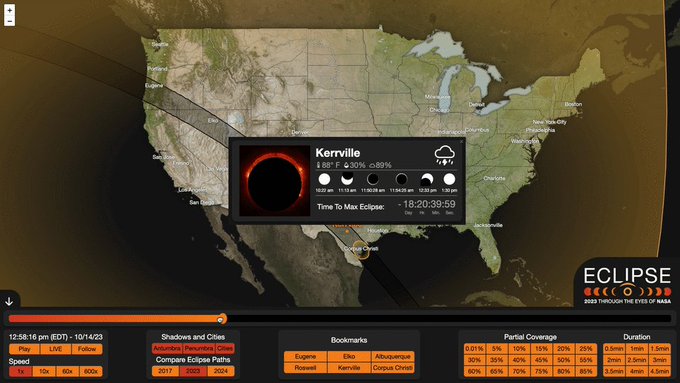 |
| NASA Sun & Space announce new interactive tool: The Eclipse Explorer |
Sunday, September 10, 2023
Space Apps Challenge is one month away
"The @SpaceApps Challenge is only a month away! You don't need to be a programmer or a scientist to join this #OpenScience hackathon.
Apply now to create solutions to challenges we face on Earth and in space: https://t.co/uHhXyyKF7k or https://www.spaceappschallenge.org/2023/register/"
Shared from -> https://t.co/dFX3eKOWTe
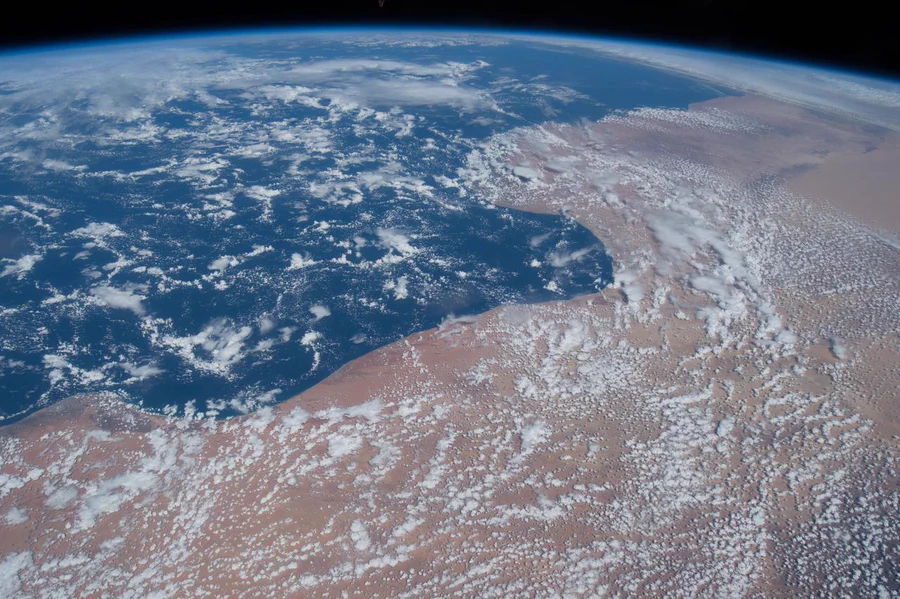 |
| Space Apps Challenge is one month away |
Sunday, August 27, 2023
NASA shares images from space to monitor North American air quality
TEMPO, the first space-based instrument to continuously monitor North American air quality with the resolution of a few square miles, released its first maps: https://t.co/qJoWiM128F
TEMPO studies the effects of traffic, fertilizer, and fire to the neighborhood level.
Shared from -> https://t.co/97qUjHccUg
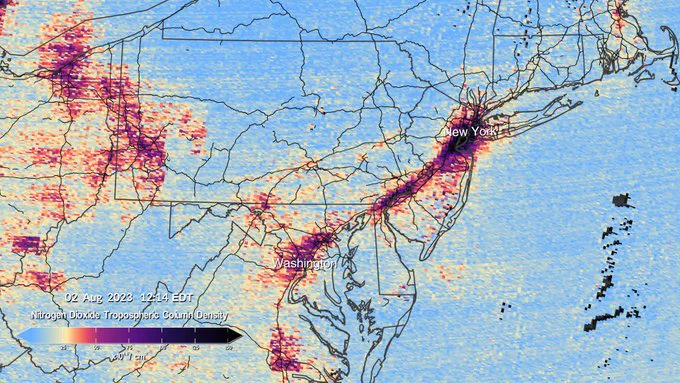 |
| NASA shares images from space to monitor North American air quality |
Wednesday, August 16, 2023
NASA Sun & Space: "ring of fire" eclipse - Oct 14
"We are exactly 2 months away from the "ring of fire" solar eclipse on Oct. 14!
Whether you are traveling hours away to see the eclipse or watching it from your front porch—the most important thing to prepare for is safety.
Here's what you need to know: https://t.co/Nynk7imGMe"
Shared from -> https://t.co/PTmlTsxVr1
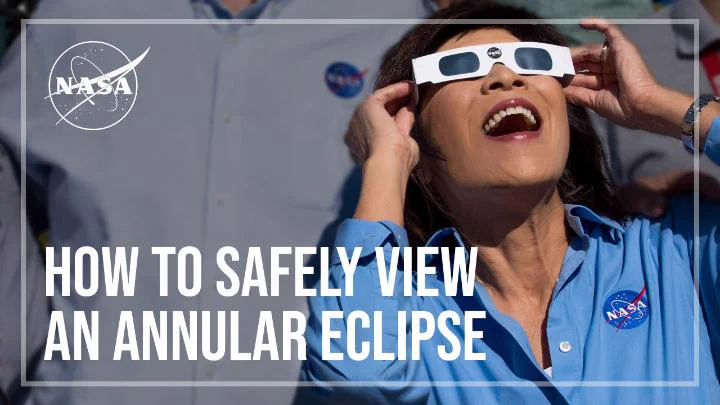 |
| NASA Sun & Space: "ring of fire" eclipse - Oct 14 |
Tuesday, January 3, 2023
Follow events in outer space with NASA's 2023 calendar
"Happy New Year!
Here's to another year in space with our International Partners as we plan exciting missions, spacewalks, and science benefitting humans on and off the Earth.
Download our 2023 calendar... https://go.nasa.gov/3C5LAHu"
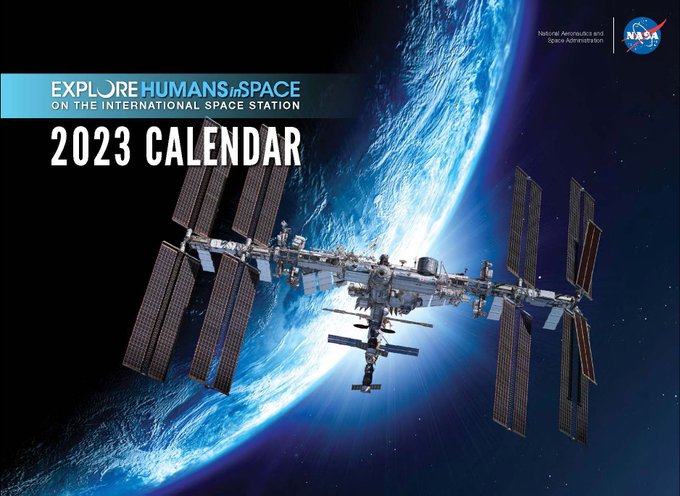 |
| Follow events in outer space with NASA's 2023 calendar |
Wednesday, May 25, 2022
Tri-County RVTHS Students Present at NASA in Houston; 2 teams selected as semi-finalists
The Tri-County Regional Vocational Technical High School District is pleased to announce two of the six teams that participated in this year's NASA HUNCH Program were selected as semi-finalists. The NASA HUNCH Program allows vocational students to help develop important features and hardware for the International Space Station (ISS). Each year a set of approximately ten issues that could help astronauts live more functionally or aid in the scientific and engineering capabilities on the ISS are presented in September. Students select an issue, form teams, and work together on a solution. All juniors in the Engineering Program participate. (www.hunchdesign.com)
The students in the NASA HUNCH Program work with mentors, college professors, national companies, engineers from NASA, and other organizations to help hone their ideas. In addition, each student is encouraged to include their work with NASA on their resume. The students' fresh perspective, time, and energy assists the Research and Integration Office out of the Johnson Space Center. This year each student who presented in Houston received a personalized recommendation letter to assist their future endeavors.
Students worked to provide a preliminary design review in February. After this review, teams refine their ideas and have a critical design review which typically takes place in New Jersey. The finalists are invited to the Johnson Space Center in Houston, TX, to present to NASA and anyone interested. This year sixty teams from around the country were invited to Houston to present.
Thomas Ford (Millis), Timothy Harrington (North Attleboro), Joshua Shockley (Wrentham), and Cory George (Seekonk) were finalists with the mockup of a Destiny module built for transport they created. The Destiny module is the primary research laboratory on the ISS. Destiny's research allows scientists to understand our world better and prepare for future space missions. The students were tasked with researching materials within budgeting constraints and creating a mockup to show how the traveling module would assemble and disassemble for easy transport. The team considered structural elements that would be safe for the public to view, interact with, and fit on a flatbed truck.
Nicholas Aguiar (Seekonk), Zachary Blenkhorn (Medway), Joseph Cady (Plainville), and Aidan Juhl (Millis) worked together to create Magnetic Boots for Space X Human Landing System. These boots would allow the astronauts to walk on the outside of the ship instead of floating, which would enable them to maneuver themselves with their feet and carry items with their hands, similar to how they would work on Earth. "We learned you won't get anything done on the first try- it won't be perfect," commented Nicholas Aguiar of Seekonk when asked about the design process.
The teams traveled to Houston to present their projects to NASA in April. The students agreed that having the opportunity to pitch their idea to NASA and "pick the brains of such a knowledgeable group" were highlights of their trip. The students will now wait to hear from NASA to see if their idea will move forward in the design process.
Wednesday, February 2, 2022
WBZ Radio: Tri-County Students Help NASA Build Space Hardware
The WBZ radio piece -> https://wbznewsradio.iheart.com/content/franklin-students-help-nasa-build-space-hardware/
The post January 16, 2022 -> https://www.franklinmatters.org/2022/01/tri-county-students-complete-wire-ties.html
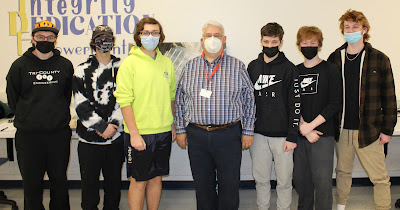 |
| L to R are: Maxwell Rounds (Franklin), Tony Botteri (Walpole), Rick Hamilton (North Attleboro), Stacy Hale (NASA), Tyler McKinnon (Franklin), James Gingras (Millis), Brian Belanger (Plainville) |
Sunday, January 16, 2022
Tri-County students complete wire ties for NASA HUNCH Program
Tri-County RVTHS’s Engineering majors participate in the HUNCH Designing and Prototyping Competition each year and was proud to have three teams of finalists in 2021. Their hard work and dedication was evident to Stacy Hale, HUNCH Founder, when he selected Tri-County as one of the school’s to participate in a special project, the designing and building of EVA Wire Ties. These wire ties are used on the International Space Station (ISS) when an astronaut goes on a spacewalk for a repair. Wire ties are wrapped around cable bundles used during battery replacements.
Hale visited Tri-County in November of 2019 to work with the students for three days. During this time students learned the specific and critical specifications required for the wire ties and created a computer-aided design (CAD). The students worked alongside Stacy building, inspecting, and performing quality control measures to ensure each piece was the exact size and shape required.
 |
| L to R are: Maxwell Rounds (Franklin), Tony Botteri (Walpole), Rick Hamilton (North Attleboro), Stacy Hale (NASA), Tyler McKinnon (Franklin), James Gingras (Millis), Brian Belanger (Plainville) |
Tri-County was one of a handful of schools selected throughout the country to work on this project. Our students from the class of 2021 and 2022 manufactured approximately 250 wire ties using an assembly line process. Most, if not all, are currently being used on the ISS.
Hale returned to Tri-County to have a storage locker used in the ISS signed. The honor is used to recognize the hard work and dedication during the manufacturing. The storage lockers are filled with goods that are being shipped up to the ISS and then used to send refuse back to Earth.
- What is NASA HUNCH?
NASA High School Students United with NASA to Create Hardware (HUNCH) Program
The HUNCH mission is to empower and inspire students through a Project Based Learning program where high school students learn 21st century skills and have the opportunity to launch their careers through the participation in the design and fabrication of real world valued products for NASA. Find out more on the NASA HUNCH web page -> https://nasahunch.com/
Monday, May 31, 2021
Tri-County Students Selected as Finalists in NASA HUNCH Program
The students in the NASA HUNCH Program work with mentors, college professors, national companies, engineers from NASA, and other organizations to help hone their ideas. In addition, each student is encouraged to include their work with NASA on their resume. The students' fresh perspective, time, and energy assists the Research and Integration Office out of the Johnson Space Center.
This year, the students worked to provide a preliminary design review in February. After this review, teams refine their ideas and have a critical design review. Critical Design Review typically takes place in New Jersey but was held remotely this year. The finalists are invited to the Johnson Space Center in Houston, TX, to present to NASA and anyone interested.
The three teams of finalists include:
- Matt Gorton (Seekonk), John Greener (North Attleboro), Rick Hamilton (North Attleboro), Emily Anne Matheson (Medway), Tyler Fiore (North Attleboro), Shriya Sivakumar (Seekonk), Kyle Hughes (North Attleboro) created a No Heat Shield, allowing a package to reenter the atmosphere without burning up safely. In addition, this team was able to work with a local fire department to drop test their prototypes from the top of a fire truck ladder and got licensed as HAM radio operators to test their radio transmitter.
- Owen Fedele (Medway), Lucas Celeste (North Attleboro), Nolan Angliss (Franklin) designed a Lunar Food Bite Dispenser to allow astronauts to eat while on long spacewalks with ease. This trio was selected as finalists last year as well.
- Anthony Botteri (Medway), Max Rounds (Franklin), James Gingras (Millis), Brian Belanger (Plainville), Tyler McKinnon (Franklin) (with help from Elijah DePaolo (North Attleboro) and Eric Conway (Millis) collaborated on the Lunar Dust Baffle to help keep lunar soil on habitats to protect astronauts from radiation and micrometeorites. This team pulled together their various strengths and made an incredible impact.
Tuesday, April 23, 2019
Tri-County NASA-HUNCH Team Designs Device to Travel to Space
High School Students United with NASA to Create Hardware or HUNCH is an innovative school-based program that partners NASA at Johnson Space Center, Marshall Space Flight Center, Langley Research Center, Goddard Space Flight Center, Glenn Research Center, Kennedy Space Center, and AMES Research Center with high schools in states across the nation. The partnership involves students fabricating real-world products for NASA as they apply their Science, Technology, Engineering and Mathematics (STEM) skills as well as learning to collaborate and administer a project in teams and think creatively.
Five juniors Averi Ayre of North Attleboro; Katie Dion of North Attleboro; Colin Donoghue of Walpole; Eric Kugler of North Attleboro; and Jacob Lipson of Franklin designed, The Tool Pouch, an organized tool storage box that they hope will be used to solve a tool storage problem on the International Space Station. The project has made it to the Final Design and Prototyping Review scheduled at NASA’s Johnson Space Center at Rocket Park in Houston. If selected, their designs will likely be used by NASA astronauts in Space. This is the fourth year Tri-County’s team attended the event.
NASA began HUNCH 13 years ago with schools in Texas, and later expanded to some schools in the Midwest. In 2011, they added a school from the Northeast. NASA enlisted the help of the Massachusetts Institute of Technology to identify the school, and they recommended Tri-County.
The Design and Prototyping HUNCH Program is a way for students of all skill levels to develop innovative solutions to problems posed by life on the International Space Station. Many of the projects are items personally requested by the International Space Station crew to help ease living conditions aboard the station, giving students the opportunity to really make an impact on the lives of astronauts. Other projects come from Flight Crew Systems and Operational groups at NASA that need more idea development.
Tri-County RVTHS, located at 147 Pond Street in Franklin, is a recipient of the High Schools That Work Gold Achievement Award and serves the communities of Franklin, Medfield, Medway, Millis, Norfolk, North Attleboro, Plainville, Seekonk, Sherborn, Walpole, and Wrentham.
 |
| In photo from l-r are: Eric Kugler, Jacob Lipson, Katie Dion, Averi Ayre, Colin Donoghue, and Mrs. Magas |
Friday, September 12, 2014
In the News: Tri-County NASA connection
For another year, a select group of Tri-County Regional Vocational High School students have been named official employees of NASA, joining other schools from across the country to design and build technology that may one day be used on the International Space Station.
NASA accepted Tri-County into the High School Students United with NASA to Create Hardware (HUNCH) program in 2011, and for the past three years, teams of science and engineering students have been developing projects to test in zero gravity.
Tri-county Regional Voc Tech
Last April, six seniors traveled to Ellington Field in Houston, Texas, to try out their mass flow meter — a device that measures the mass flow rate of a fluid as it moves through a tube — aboard a zero gravity plane.
This year, 15 seniors and 22 juniors will start new projects or continue work they started last year, such as a mixer for fresh foods that must work in zero gravity.Continue reading the article in the Milford Daily News (subscription maybe required)
http://www.milforddailynews.com/article/20140912/NEWS/140918556/1994/NEWS




